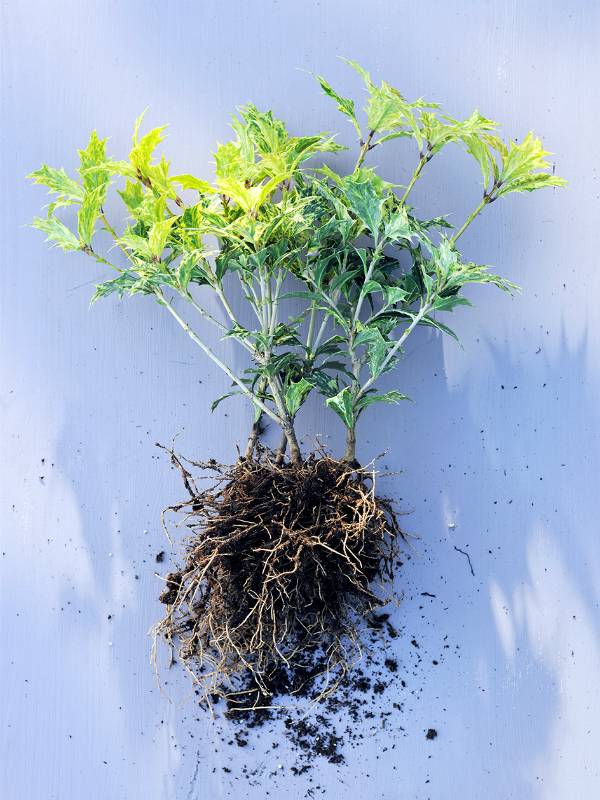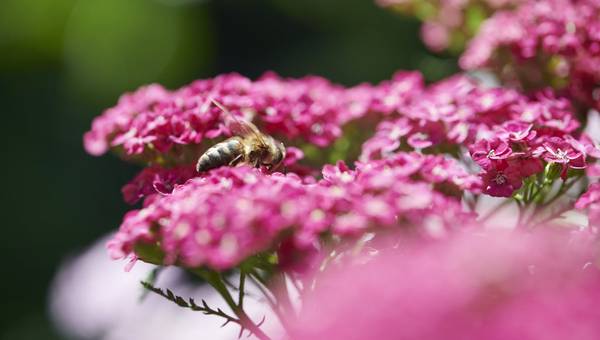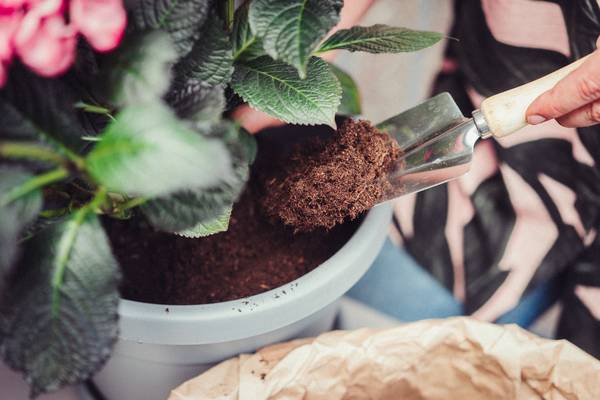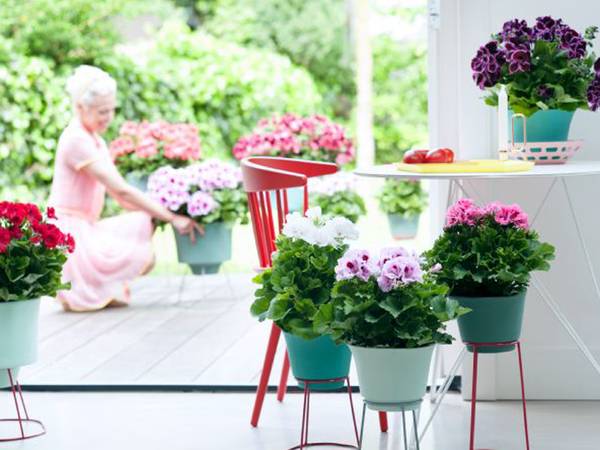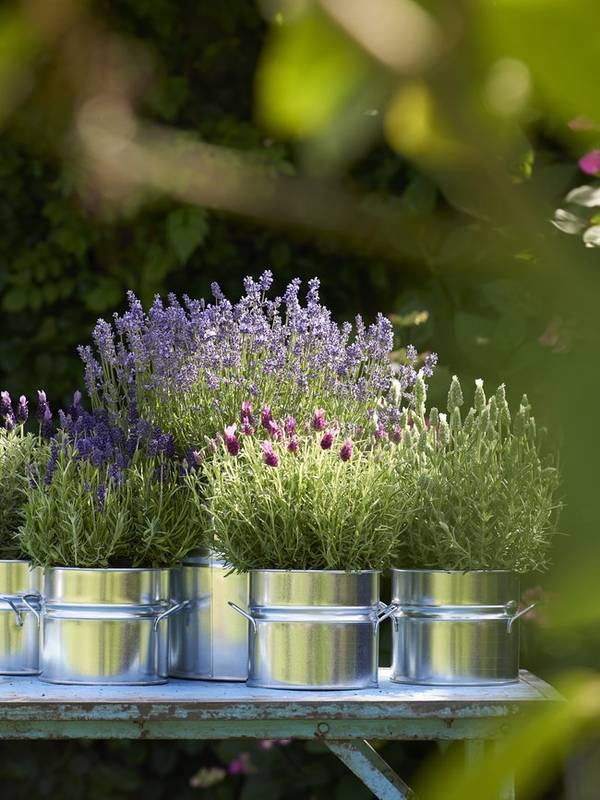
Care
Care
- Osmanthus does best in partial shade.
- The plant prefers soil which retains moisture well.
- Give Osmanthus some extra plant food once a month during the growing season.
- Osmanthus is moderately hardy, but is best wrapped up in the event of a late frost, because the plant is then already growing and particularly delicate.

Osmanthus (also known as sweet olive) is an evergreen shrub which looks a bit like holly. The shiny dark green leaves change to yellow and red from September. It provides a nice contrast with the scented white or cream flowers that appear in the spring. There’s also a variety which flowers in September and October if that suits your garden colour scheme better. The plant reaches a height of 2 m, and is suitable for a solo display or use as part of a hedge.
Eastern mood
Osmanthus is a member of the olive family. There are some 30 different known varieties. The plant originates from Asia, where it grows in China, Japan and the Himalayas. There are also a few species that occur in the Caucasus, Mexico and North America. The wild species can become 12 m high trees. The plant differs from true holly in terms of the leaves: on holly they are spread along the branch, whilst with Osmanthus they grow in pairs.
Trivia
- The fragrance of Osmanthus’s flowers is said to have a calming effect, and is popular as an ingredient in perfumes.
- In China Osmanthus flowers are mixed with black or green tea leaves. The tea is said to enhance the complexion.
- In Asia rice wine is often flavoured with Osmanthus flowers and traditionally drunk during autumn festivals.
